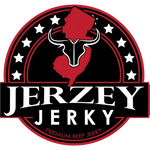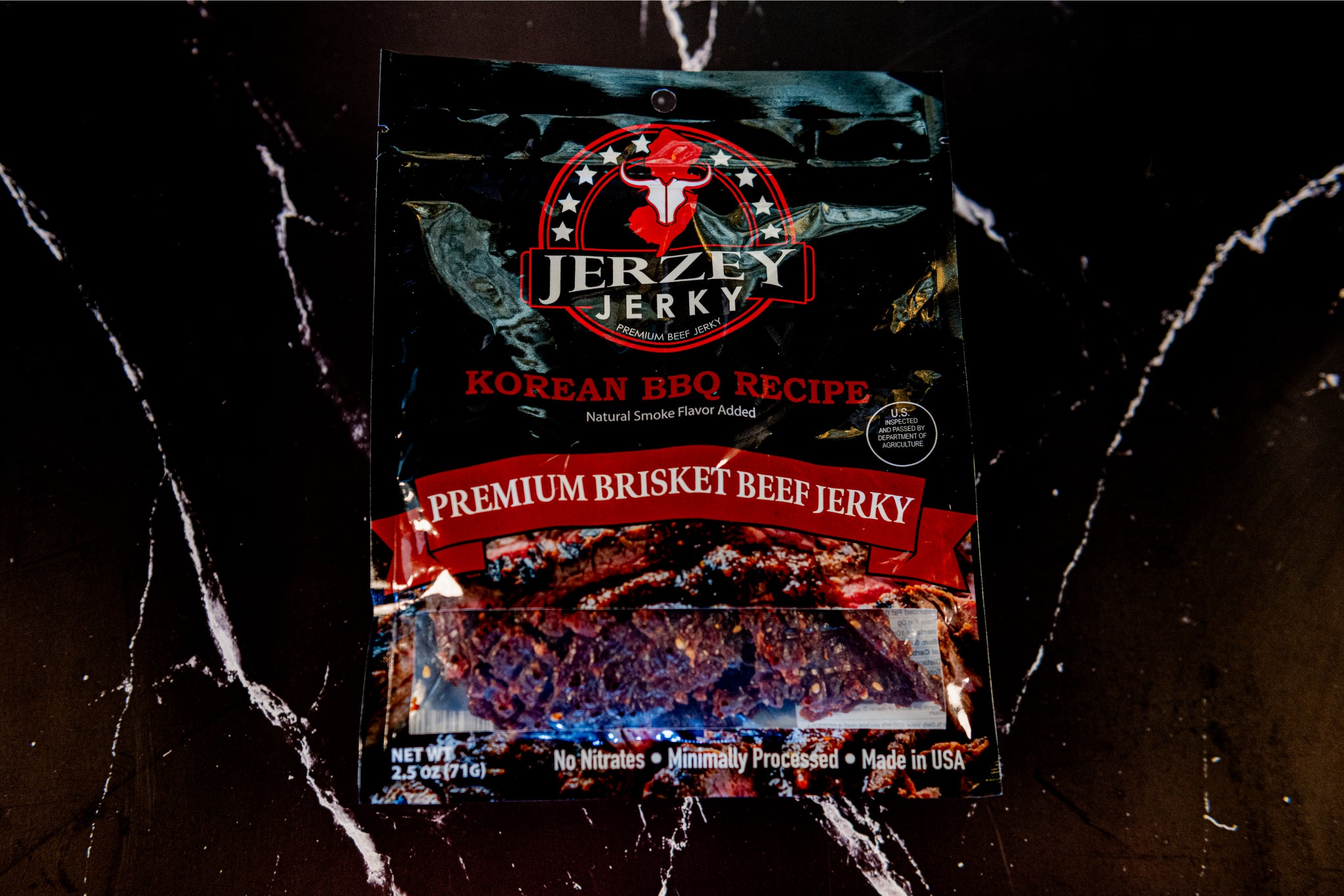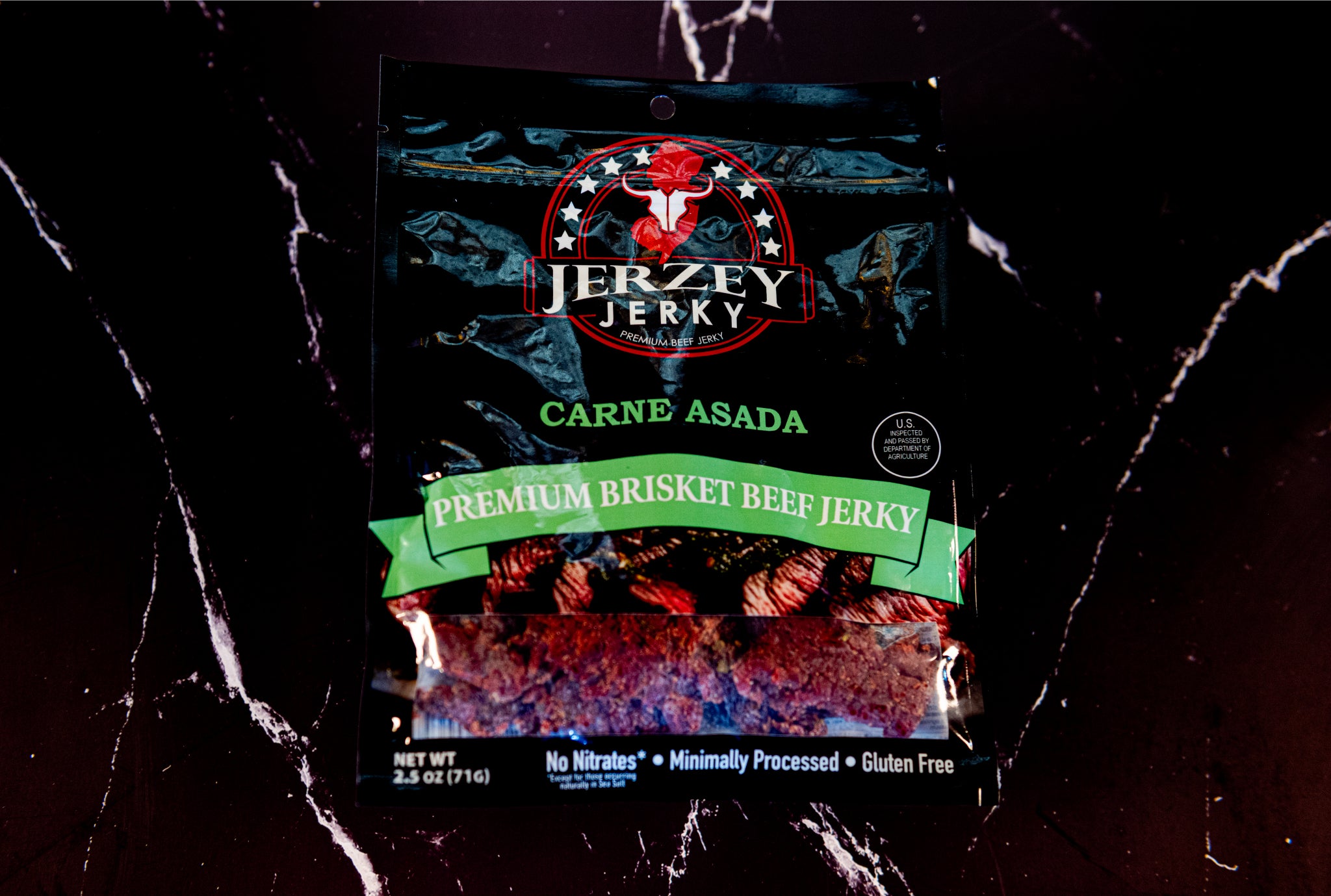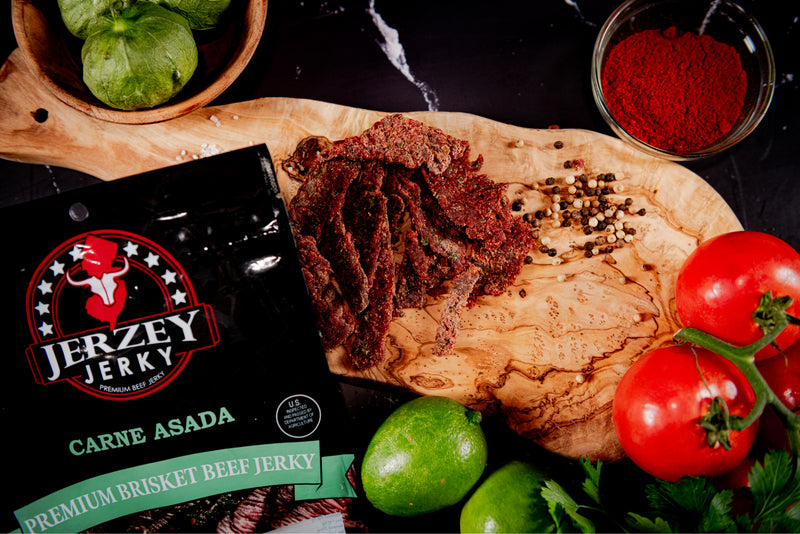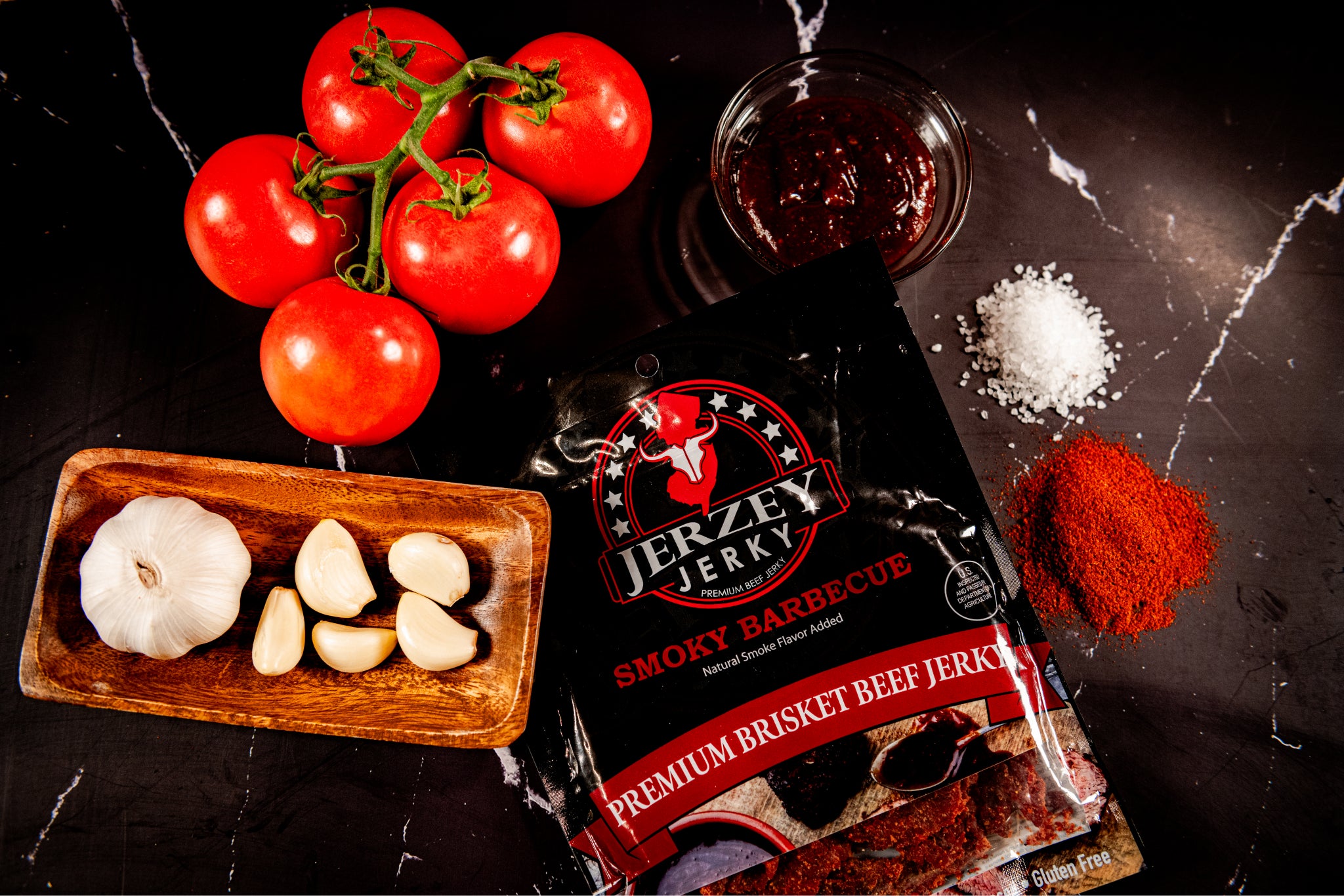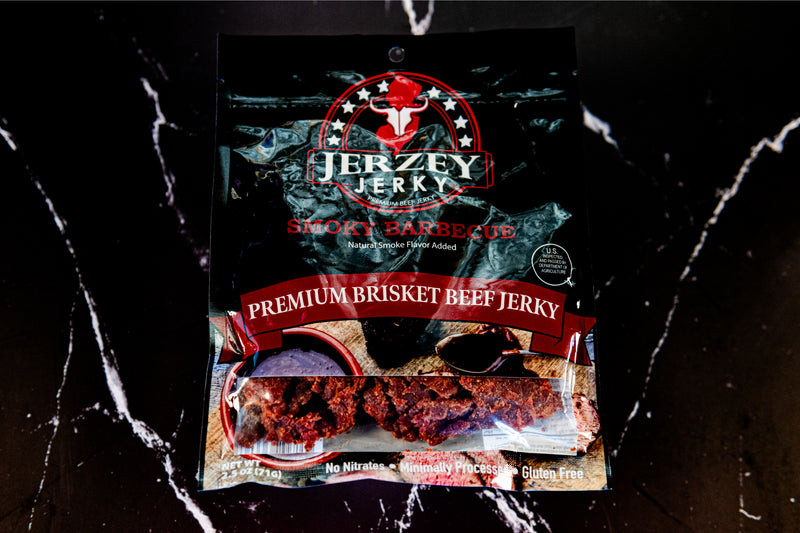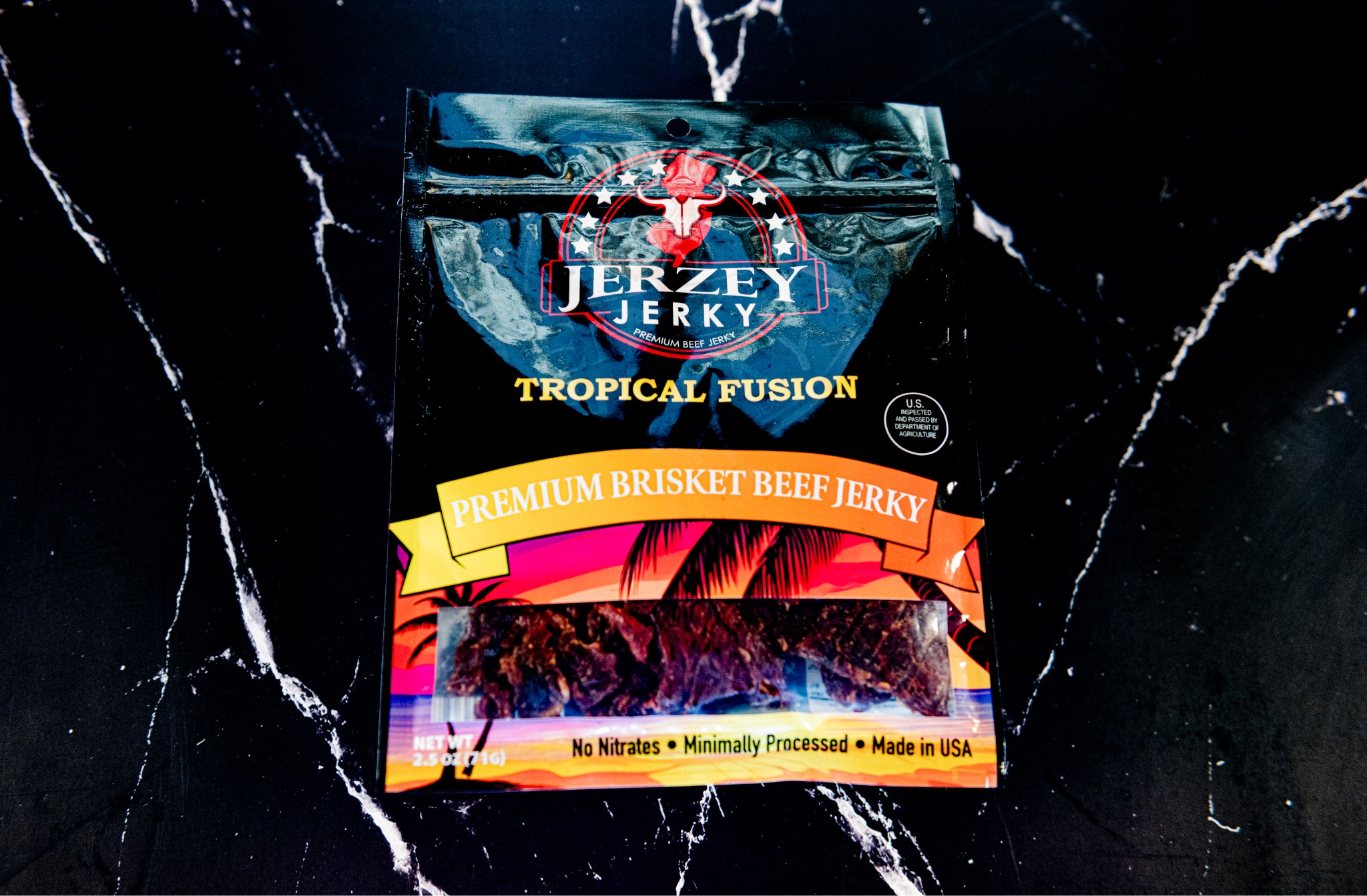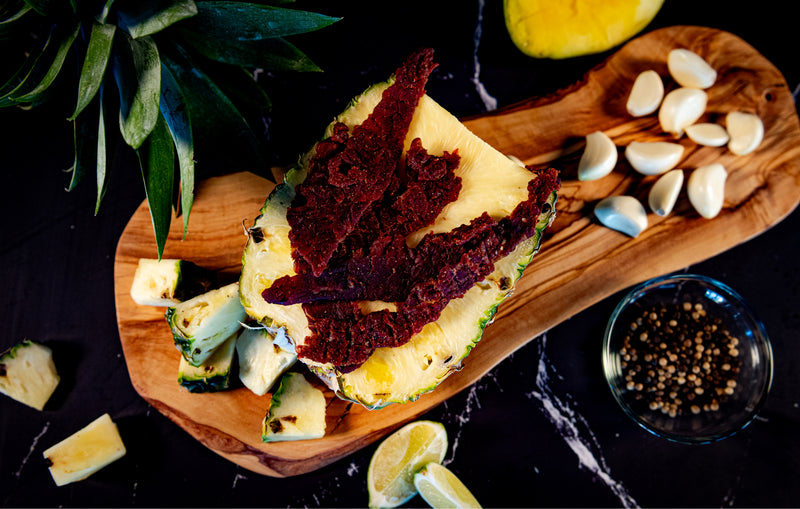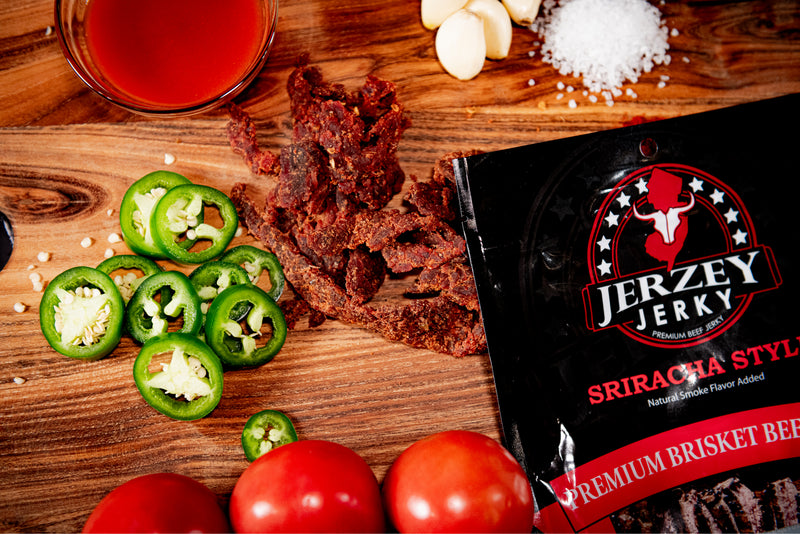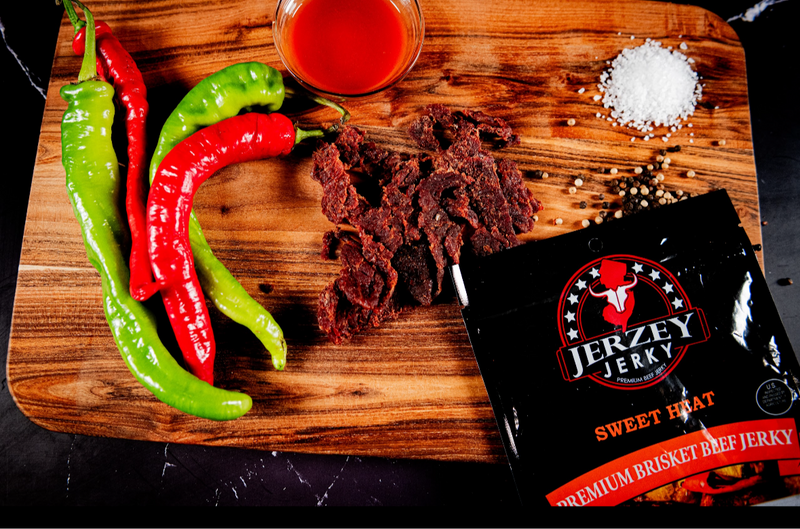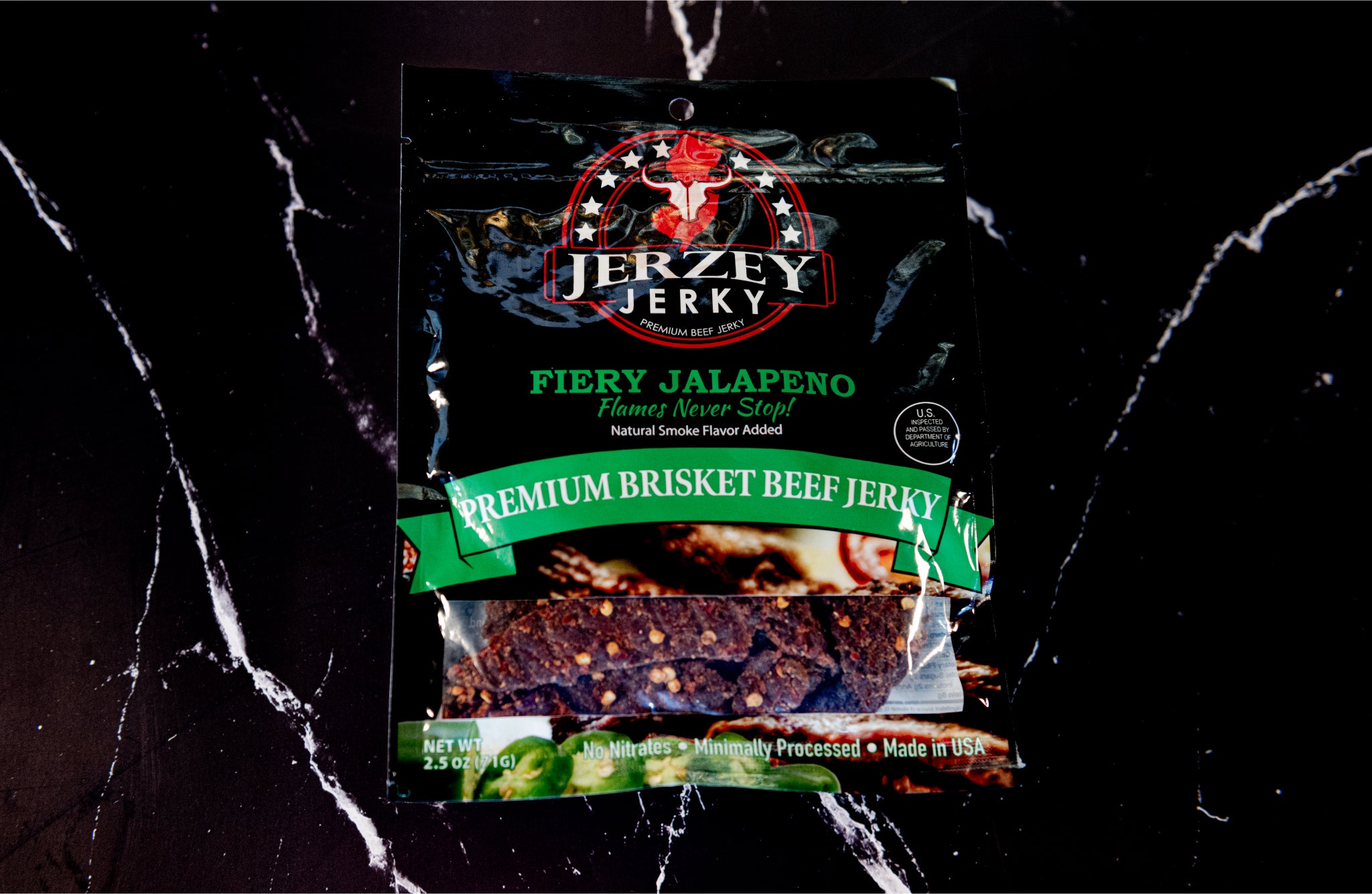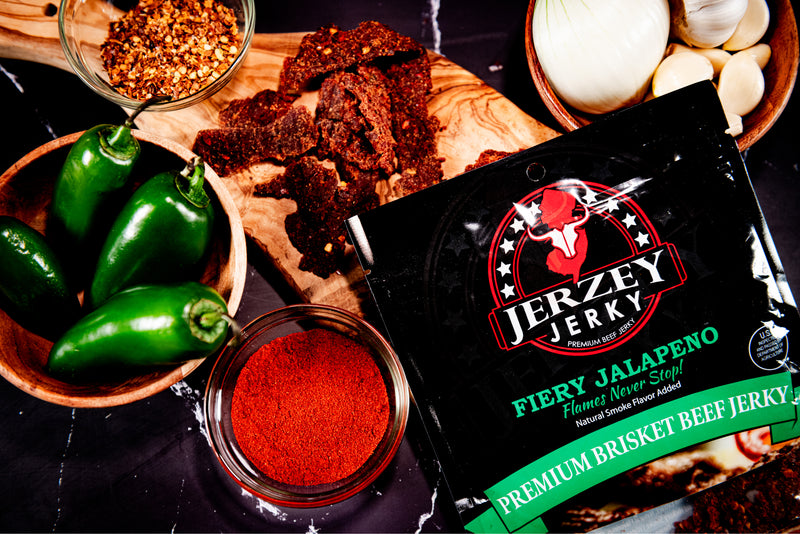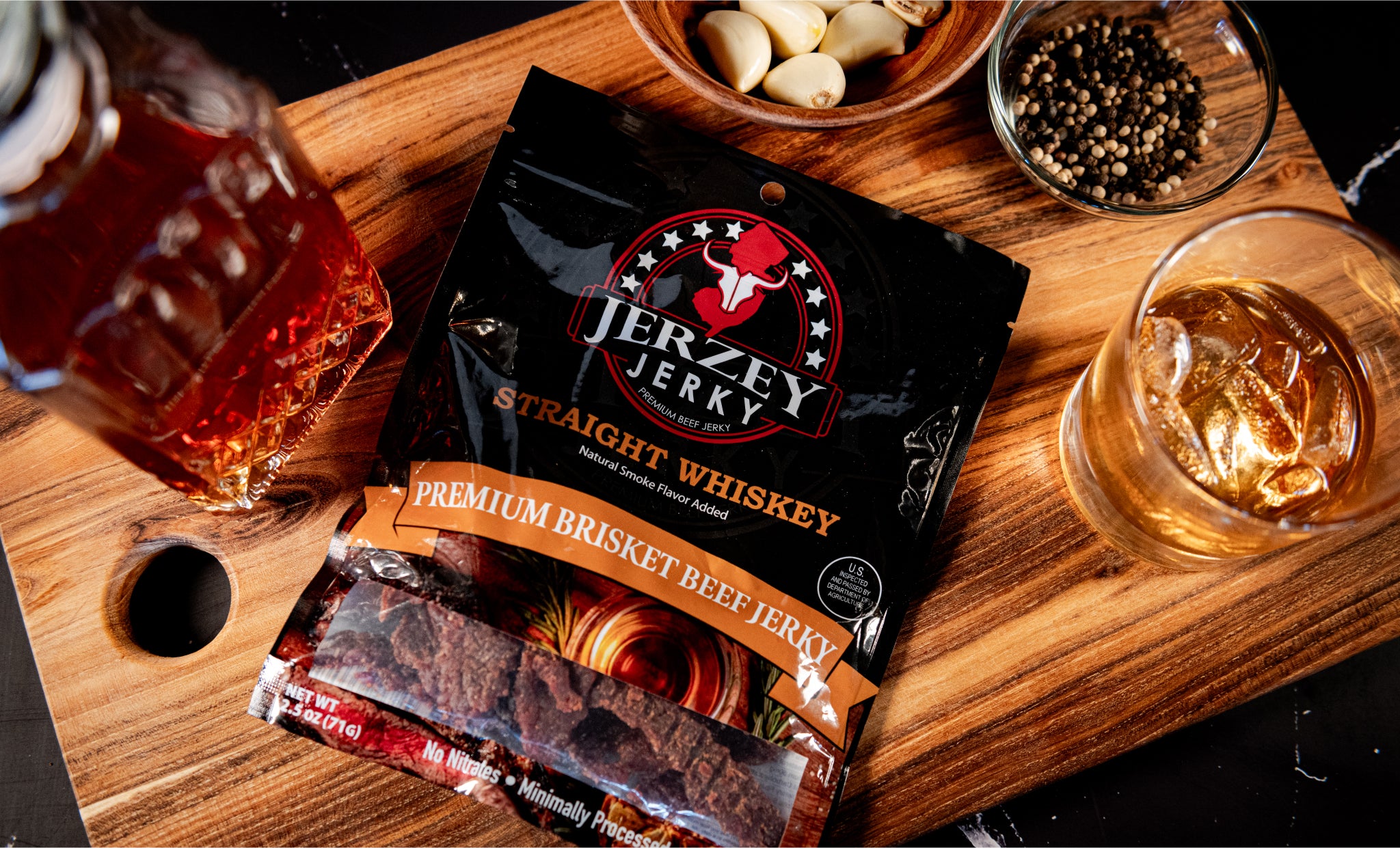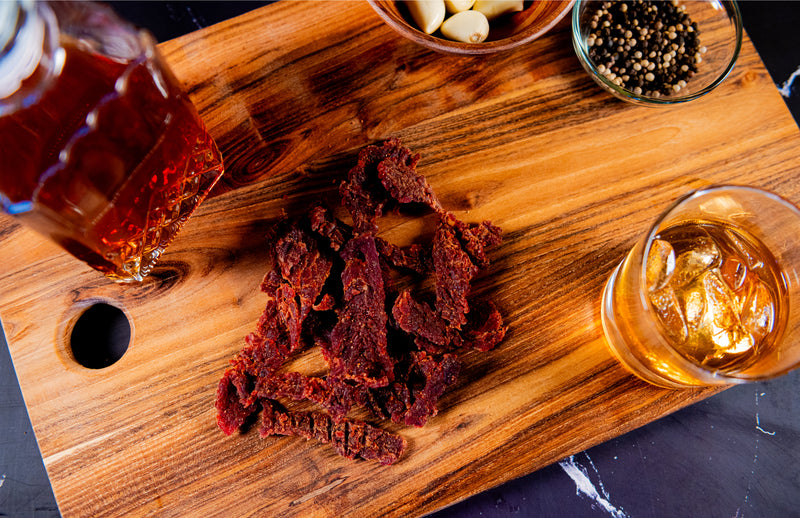
Flank Beef: Characteristics, Nutritional Value & How to Identify
Flank beef is beef taken from the abdominal muscles of the cow. In a 2020 study conducted by the University of Illinois Department of Animal Sciences shows that it has 27 grams of protein content per 100 grams of the food. This is a lean cut with a firm texture and distinguishable grain that differentiates it from fattier steaks.
Flank beef is used in cuisine like Mexican fajitas, French bavette, and Argentine asado. Its thin and long form is suited to rapid, high-heat cooking processes, including grilling and broiling. This cut is 20-30% cheaper than ribeye or sirloin, so it’s budget-friendly without losing the taste or the nutrition. The versatility of beef gives this product many uses, such as in stir-fries, tacos, and salads, and it adds a burst of beef flavor and high protein to any dish.
What is the Nutritional Value of Flank Beef
Here are the five key nutritional facts of flank beef based on a 100-gram cooked portion:
- Calories: Flank beef is high in 179 calories per 100 grams which provides strength at low carbohydrates, balanced protein and fat.
- Protein Content: It provides 27 grams of protein per 100 grams, aiding in muscle recovery, strength gains, and daily body support.
- Fat Profile: It has 7 grams of fat with 2 grams of saturated fat, which is a source of energy and helps the hormones and the body cells.
- Vitamins & Minerals: It contains B6, B12, iron, zinc, and phosphorus, which assist with nerve and oxygen delivery, immunity, and strong bone development.
- Health Benefits: Flank beef contributes to the building of muscles, balancing heart rhythms, and energy metabolism due to the high-quality protein content and microelements.
Shop the best-selling Teriyaki Beef Jerky - Brisket & Korean BBQ Beef Jerky - Brisket !
H2: What are the Characteristics of Flank Beef?
Here are the five main features that define flank beef:
- Cut location: Flank beef is from the muscles in the abdomen which are below the ribs. This region has more muscle activity, producing a lean fiber-filled cut commonly found in most meat-based recipes all over the world.
- Texture: Flank beef possesses long and straight muscle fibers, and has a less soft texture. Trimming across the grain also minimizes chewiness, making meat more digestible and tender when cooked.
- Flavor Profile: The flank beef offers a strong beefy flavor because nutrients that make it lean are low in fat and high in muscle. It carries marinades and introduces a deeper, natural flavor of meat during cooking.
- Cooking Suitability: Flank beef suits fast, high-heat cooking as stir-frying and grilling. Marinating also makes it tender. It also works very well with slow-cooking recipes found in regions as well as all over the world.
- Culinary Uses: It is easy to slice into fajitas, Asian stir fries, grilled steak salads, dried meat goods such as beef jerky and ground beef.
How to Identify Flank Beef?
Here are the four key features of flank beef:
- Appearance & Shape: Flank beef is a long flat and thin cut of meat which is mostly rectangular in shape. It is approximately 30 cm long and 2.5 cm thick, and has a dense and firm surface texture.
- Grain Structure: Flank beef has distinct and long muscle fibers in a single direction. These tough grains make the meat a bit chewy and can easily be identified against smooth cuts with smoother muscle patterns.
- Thinness & Obesity: This is a lean cut, lacking internal fat marbling. The majority of fat is concentrated on the edges, unlike ribeye or chuck where there are visible intramuscular fat streaks.
- Labeling & Market Names: Flank beef is marketed under the name of flank steak. It is occasionally incorrectly labeled as skirt steak in stores, but it is thicker and has a more straight-grained texture than skirt steak.
How to Cook Flank Beef?
Here are the six methods used to cook flank beef:
- Marination: Flank beef is tougher because it is acidic and abundant with muscle fiber. An acidic element like vinegar, lemon, or soy sauce is helpful in softening the meat after cooking, juicy and easier to chew.
- Grill: High-heat grilling and a short time make flank beef tender. Rare or medium-rare is actually preferable to overcooking the meat to the point where it is tough and dry.
- Stir-fry: With regard to stir-fry, flank beef has to be sliced very thinly across the grain. This aids the meat cook quickly and remain tender in a hot environment.
- Oven Broil: Broiling is a high degree of heat that is applied downwards. The method allows a tight exterior and an interior that is juicy when it is done properly and within a short time.
- Stew method: Simply cooking flank beef in liquid over low heat to stews or shredded meat in many hours makes it tender, to the tough fibers.
- Across the Grain: Cutting across the grain shortens the muscle fibers. This makes the meat milder and easier to chew, especially in tougher cuts of beef.
What are the Buying & Storage Tips?
Here are the four important buying and storage tips for flank beef:
- What to Look For: Choose a beef flank with bright red color, firm texture and no gray spots. A clean aroma indicates that there was adequate handling and storage before purchase. Avoid packages that have too much liquid or strange smells.
- Portion Size: The large beef is usually sold in big, flat pieces weighing between 1-2 pounds. They are great at family meals, grilling, or cutting into smaller slices to stir-fry or include in salads.
- Storage: Refrigerate flank beef at a temperature below 4°C for a period of 4 days. To store longer term, freeze in an airtight container at -18C keeping the quality good with little flavor loss up to 36 months.
- Preparation: Remove fat from parts visible when eating to avoid chewiness. Add acidic marinades to increase flavor and enhance tenderness, particularly when grilling, broiling, or pan-searing, to achieve a good outcome during cooking.
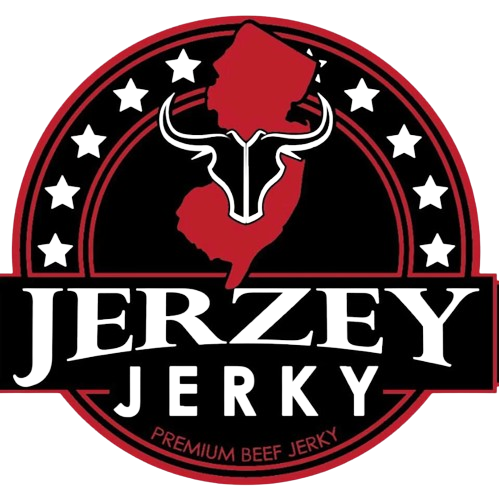
 2025-08-25
2025-08-25
 Wayne Holland
Wayne Holland

